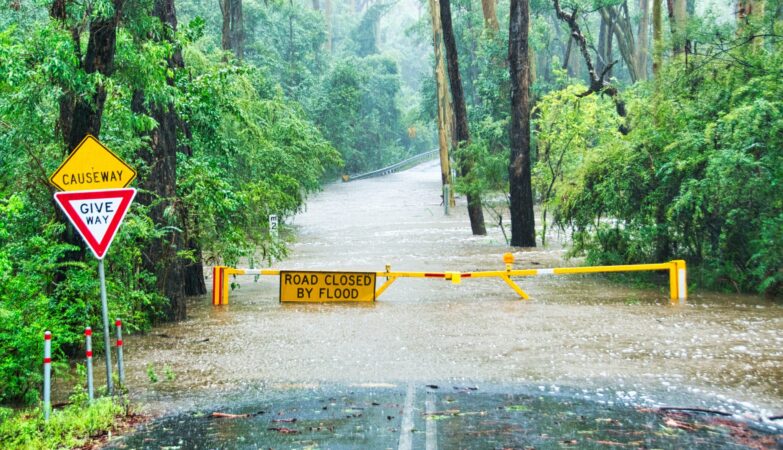In today’s fast-paced world, the media landscape is constantly shifting, reshaping the way information is disseminated, consumed, and understood. The media serves as a critical index of societal progress, influencing and reflecting the values and dynamics of our global community. This article delves into the multifaceted nature of the media landscape, exploring the role of various entities such as government, technology, and consumer trends in shaping the way we perceive and interact with the world.
Table of Contents
ToggleThe Changing Media Landscape
The media landscape, akin to a vast and ever-changing terrain, encompasses a myriad of mediums, outlets, and technologies. Over the years, traditional forms of media, including newspapers and television, have given way to a more diversified ecosystem. The rise of digital platforms, social media, and streaming services has not only broadened the spectrum of available content but has also altered the way audiences engage with information.
Government Influence and Media Freedom
In any media landscape, the relationship between the government and the press plays a pivotal role. The level of press freedom often serves as an indicator of a society’s health and democratic values. Governments can shape the media landscape through regulations, censorship, and funding. Striking a balance between ensuring national security and upholding the freedom of the press remains an ongoing challenge.
Trust in Media A Precious Commodity
Trust is the bedrock upon which the media landscape stands. Consumers rely on media outlets to provide accurate, unbiased information. However, in an era of misinformation and “fake news,” trust in the media has become a fragile commodity. Building and maintaining trust requires a commitment to journalistic integrity, fact-checking, and transparency. Media entities must navigate the delicate balance between attracting audiences and preserving their credibility.
Technology’s Impact on Media Consumption
The rapid evolution of technology has revolutionized the way media is produced, distributed, and consumed. The internet, social media, and mobile devices have democratized information, allowing for greater audience participation and interaction. However, this digital transformation has also given rise to challenges such as algorithmic bias, privacy concerns, and the spread of misinformation.
Consumer Trends and Audience Penetration
Understanding consumer trends is crucial for media outlets seeking to stay relevant and capture diverse audiences. The analysis of consumer behavior provides valuable insights into the types of content that resonate with different demographics. Media penetration, measured by the reach and impact of various outlets, helps identify the most effective channels for disseminating information.
Business and Brand Strategies in the Media Industry
In the competitive landscape of media, brands and companies must formulate effective strategies to stand out. The alignment of a brand with consumer values, coupled with a strong online presence, is vital. Additionally, strategic partnerships, innovative content creation, and a keen understanding of market trends contribute to a media entity’s long-term success.
Data Insights Driving Decision-Making
Data has become the lifeblood of the modern media industry. Analyzing audience behavior, content performance, and market trends enables media entities to make informed decisions. Harnessing data insights not only helps in tailoring content to specific audiences but also allows for more effective advertising and revenue generation strategies.
Global Perspectives and Industry Impact
The media landscape is not confined by borders; it has a profound impact on shaping perceptions and influencing opinions worldwide. The interconnectedness of the global media landscape necessitates a nuanced understanding of cultural nuances, geopolitical dynamics, and diverse audience preferences. The media industry has the power to foster peace, bridge gaps, and create a shared understanding of our interconnected world.
Looking Ahead Future Trends in Media
As we step into the future, several key trends are likely to shape the media landscape. The continued integration of technology, the rise of virtual and augmented reality, and the increasing importance of niche content catered to specific audiences are among the anticipated developments. Additionally, the ongoing quest for media literacy and combating misinformation will remain at the forefront of industry priorities.
Conclusion
In conclusion, the media landscape is a dynamic entity, constantly evolving in response to technological advancements, consumer behaviors, and societal shifts. The interplay between government, technology, trust, and consumer trends defines the contours of this expansive terrain. Media entities must adapt to these changes, embrace innovation, and prioritize integrity to navigate the ever-shifting landscape successfully. As we move forward, a holistic understanding of the media landscape is crucial for fostering a media ecosystem that informs, engages, and unites people across the globe.







